China is the largest market in the world for fashion. When we talk about its important size, we talk about fashion production… and fashion consumption. Surprisingly, Chinese fashion lovers have a great taste for renting clothes. This new appetite for sharing economy is a game-changer. Nobody knew China would be sensitive to secondhand by promoting the reuse of old clothes. Now it is, but not for the reasons you could have imagined!
Discover below our complete guide to understand the secondhand market in China.
Evolution of Secondhand in China vs the West
Today, people are aware of the impact of fashion production in the world. Brands are taking more and more measures to implement a more sustainable model. By 2028, the secondhand market must weigh more than the fast fashion market in the world. But what about China?
Importance of Sharing Economy in China
The first step towards a more sustainable consumption is coming from renting. The sharing economy in China should represent a market value of 2.94 trillion RMB. Obviously, the sharing habits include several types of products like bikes, technologies, decorations, and many more. In the middle of this wide market, fashion renting is gaining importance. Chinese people enjoy renting clothes for a special occasion instead of buying it. Why? Not because they are environmentally conscious but because they want to save money.
The birth of a secondhand market in China inherits from clothes’ renting. This trend is nurturing a small appetite for preowned clothes. Today, the sales of secondhand luxury products in China only reach 5% of the overall luxury market. According to the China University of International Business and Economy, secondhand luxury reaches by comparison 28% of sales in Japan and 31% of sales in the USA.
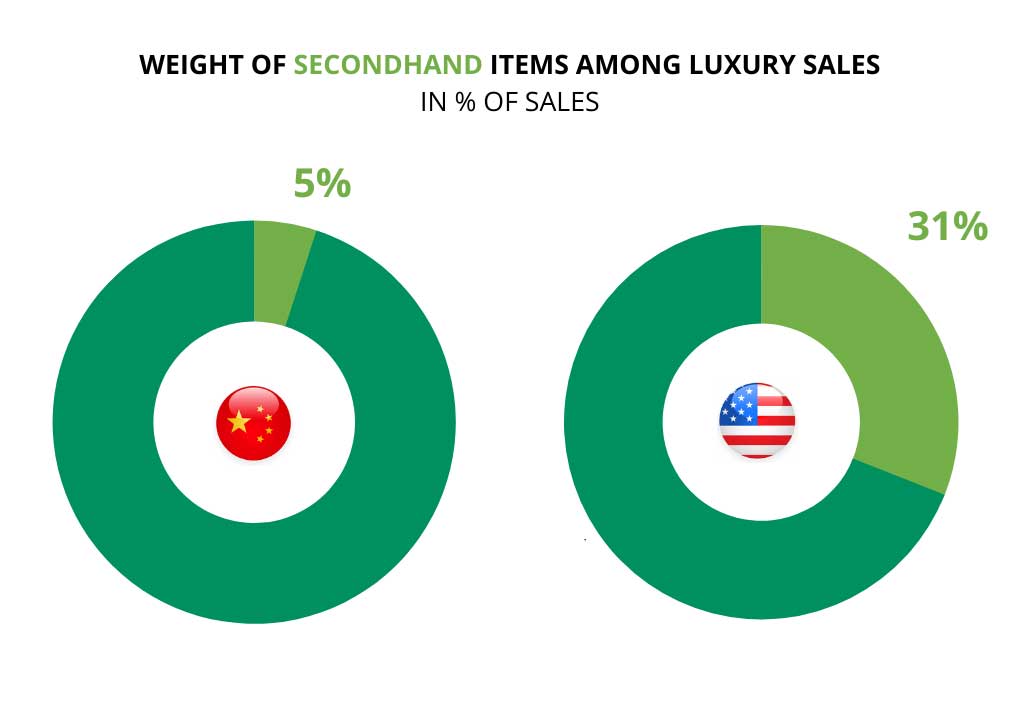
Even if secondhand remains a small market in China, it offers good prospects in the future. By the end of 2021, preowned clothes should account for 9% of luxury worldwide sales. China should contribute to this results up to… 2%. The main challenges faced by secondhand products to meet success in China is the lack of structure, the absence of pure players, and the need for a premium secondhand image.
Changing Minds: A Switch from Renting to Buying
In China, fashion lovers are sensitive to the brand and the image. They want to wear trendy clothes to feel good and keep the “face”. But in the meantime, they are very sensitive to price. They are always searching for the best deal. In a word, they want the trendiest pieces at the lowest price.
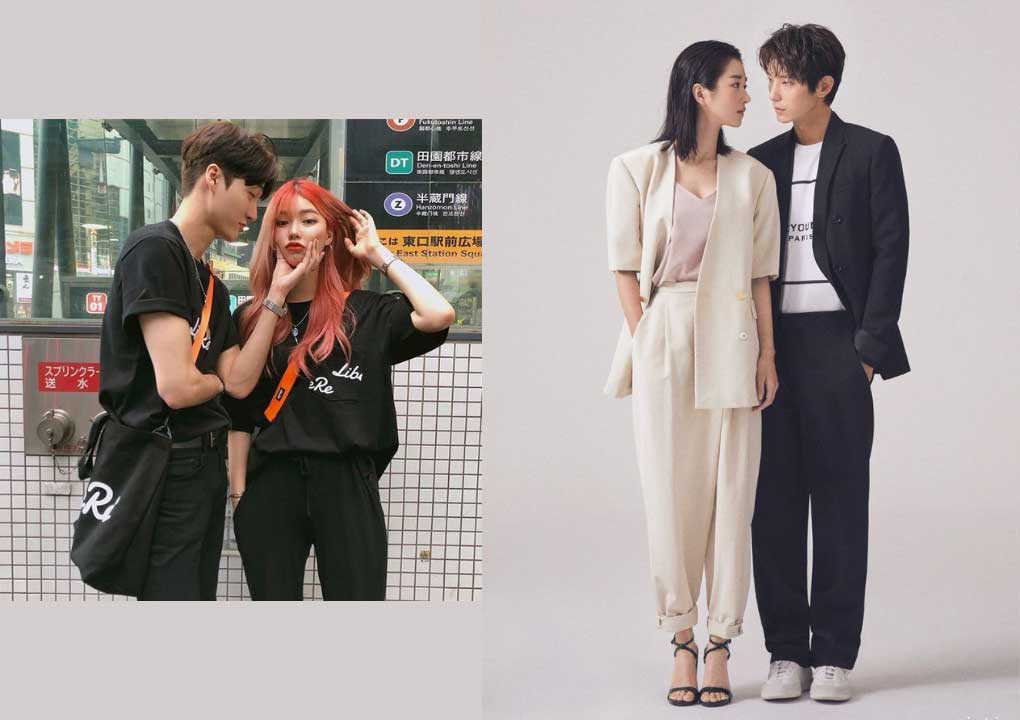
Following this image quest, China has a firm favorite for renting. If they wanted to wear a beautiful dress or a luxury bag for a special event, they used to rent such a product. The sharing economy benefits from a positive image among Chinese consumers. As Cinderella, you can present yourself in the best light without actually spending too much money.
Why Chinese consumers prefer to rent?
- Increase the diversity of choices among clothes
- Avoid the problem of traveling with a huge amount of clothes
- Liberate space in their apartment
The main issue faced by secondhand in China is trust. Often, a high price is a synonym of high quality in China. If they buy a cheaper clothing category, they will be tempted to think the quality of the product is less good. Brands need to be aware of this state of mind to better share storytelling that will increase trust in the product’s quality among Chinese consumers.
Different Motivations in China vs the West
In the West, people are deeply aware of their impact on the environment. Vestiaire Collective conducted research that attests that 70% of people using this secondhand platform do it because they “try to shop ethically”. Even more, 57% of people mention that the environmental impact was their first concern. In China, secondhand is not trendy because of environmental concerns.
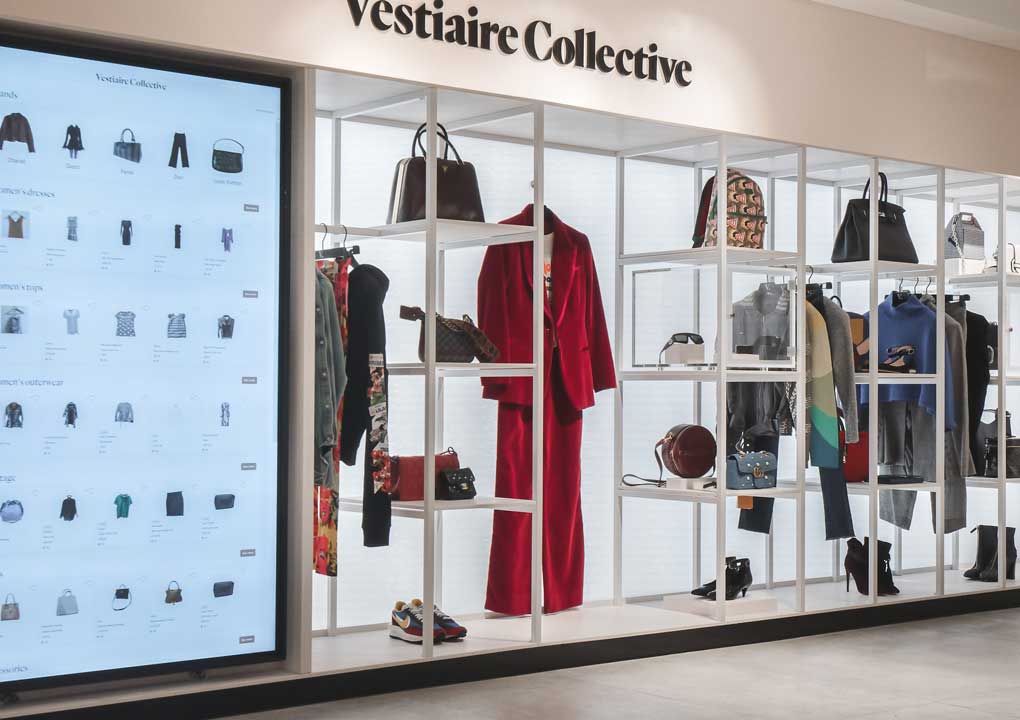
Why Chinese people buy secondhand clothes?
- Affordability: Chinese love to wear luxury brands. The possibility of having a rental or a secondhand service is a great opportunity for Chinese who can enjoy fulfilling a luxury lifestyle at a lower price.
- Mianzi: The ability to “keep the face” is very important in China. In Chinese, mianzi literally means “the face”, and describes the tendency of local people to keep up with appearances to save their dignity and honor. Having the possibility to buy secondhand products is a new way of keeping their face in Chinese society.
- Waste: The tendency to have and keep numerous amounts of clothes is not seductive for the Chinese anymore. When they realized they wear some clothes only 1 or 2 times, they prefer to put them for rent or sale. It is a way to make extra money and avoid waste.
Specificities of the Secondhand Market in China
Who Buy Secondhand in China?

The secondhand trend is driven by millennials in China. According to a recent study, 52% of the secondhand luxury goods consumers are below 30 in China. The segment mentioned is more important than the entire US population. These young consumers are the main audience for secondhand. Why? Because they have a great appetite for fashion and a small purchasing power.
Buyer personas of secondhand shoppers in China:
- Millenials
- Ecofriendly Generation Z
- Low-Income Luxury Lovers
Where to Buy Secondhand in China?
The secondhand markets lack structure as we mentioned. Chinese shoppers could not find dedicated shops to purchase secondhand clothes like thrift shops or secondhand lines. Some independent platforms decided to launch their own apps. The market is now divided into 2 parts: secondhand apps and fashion apps.
Main e-commerce platforms for secondhand in China:
- Plum
- Ponhu
- Feiyu
- YCloset
- MSParis
The platforms are very similar to the ones we can use in Europe. What is the difference then? The audience and the number of users are colossal compared to the West. Let’s deep dive into 2 platforms: YCloset and MS Paris.
Plum – The Chinese Secondhand App
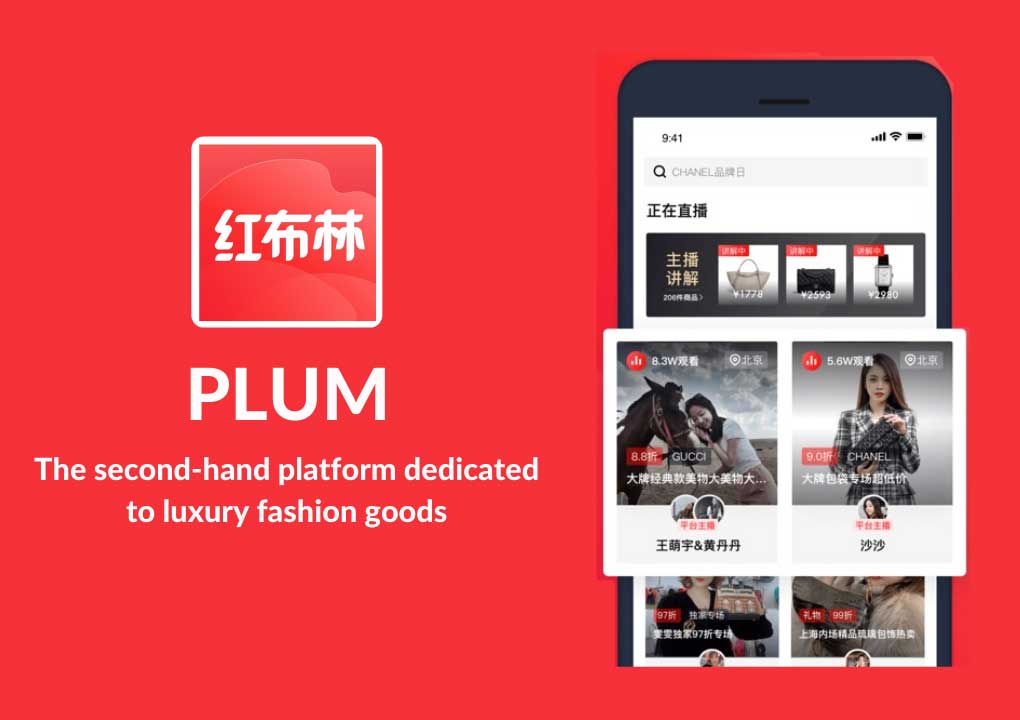
Founded in 2017, Plum is the major secondhand e-commerce app. It is often compared to RealReal, Vinted, or Vestiaire Collective. The main ambition of Plum is to connect individuals to exchange their preowned clothes. The platform developed several digital solutions like livestreaming sessions. The founder of Plum noticed an increase in their sales since the Covid-19 pandemic, as fashion lovers have lower revenue. The famous secondhand app decided to jump on the train by opening its own secondhand boutique in China.
YCloset – The Chinese Renting App
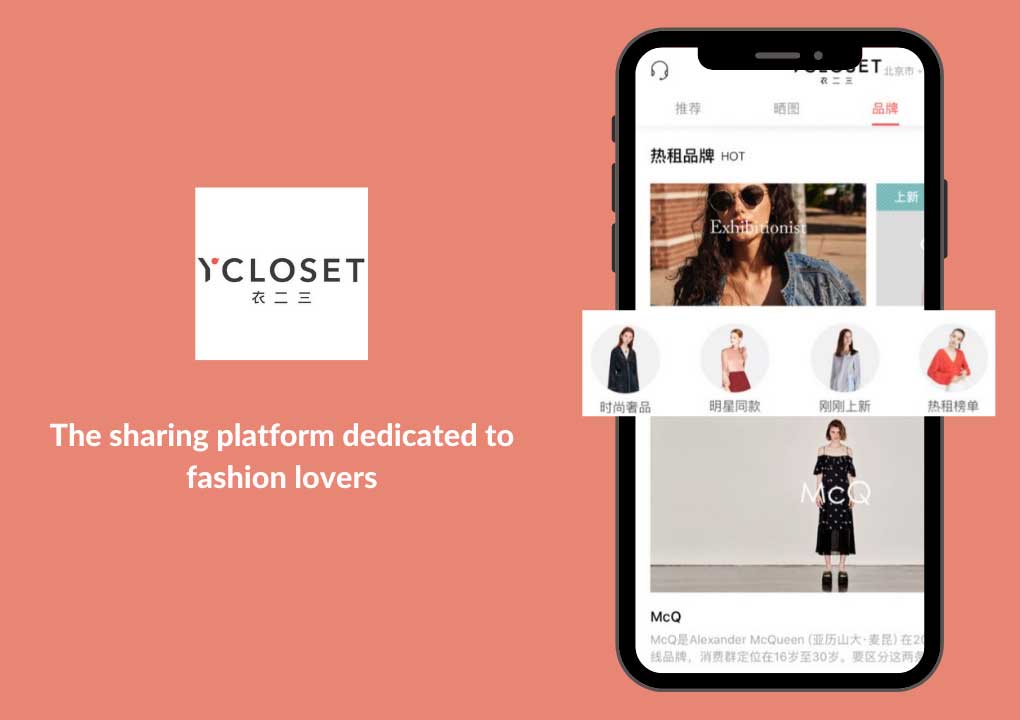
The app is a fashion marketplace dedicated to luxury dresses, premium street brands, and designer items. Approximately 30% of the products available on the app are preowned clothes coming from individual buyers. For the rest, fashion items are coming from third-party brands.
This app is the perfect one if you want to target Chinese women from 1st and 2nd tier cities aged between 20 and 30. They are the main audience of YCloset and they often look for outfits to go to the office, party, or travel. Currently, on the platform, there a more than 15 million users providing more than 1 million items.
Legal Issues to Avoid Counterfeiting
Chinese consumers face the problem of counterfeiting, especially for fashion and luxury goods. The main challenge for e-commerce platforms is to detect fake products. The Chinese government is implementing new regulations to control the black market and e-commerce giants like Alibaba are trying to find solutions to fight against counterfeiting. For instance, Tencent created Yishepai, a Chinese luxury goods authentications service.
Chinese shoppers have the impression that a low price is whether due to low quality or fake products. In 2016, Yishepai identified 40% of fakes among the products authenticated for a full year. The challenge is real and several secondhand marketplaces are fighting to find a digital solution to authenticate products and improve client experience.
How to Promote Your Secondhand Line in China?
#1 Build your Image with Branding
In China, it is all about image. For Chinese consumers, secondhand is a direct reference to preowned clothes and more precisely old dirty clothes. If you promote your brand secondhand line you should not focus on the environmental aspect or the product life cycle to convince your Chinese audience. When they buy a product, they want to buy a dream.

If you want to generate sales on your secondhand clothing line, you can insist on the premium quality of your product. The main objective of Chinese consumers is to buy luxury at a cheap price. You should always remember the importance of the face in China. They do not want to show they wear preowned clothes, but they want to say they acquired a vintage edition of a luxury brand. It is all about image in China!
#2 Spread Trust Among Chinese with KOLs
The Key Opinion Leaders (KOL) and Key Opinion Consumers (KOC) are very important in China. They share an exhaustive presentation of the products they tried with their community. Chinese consumers carefully listen to the advice given by these KOLs, and you should know the most performing ones to have a partnership. The most famous livestreamer who promotes secondhand is named Sun Shaqi.
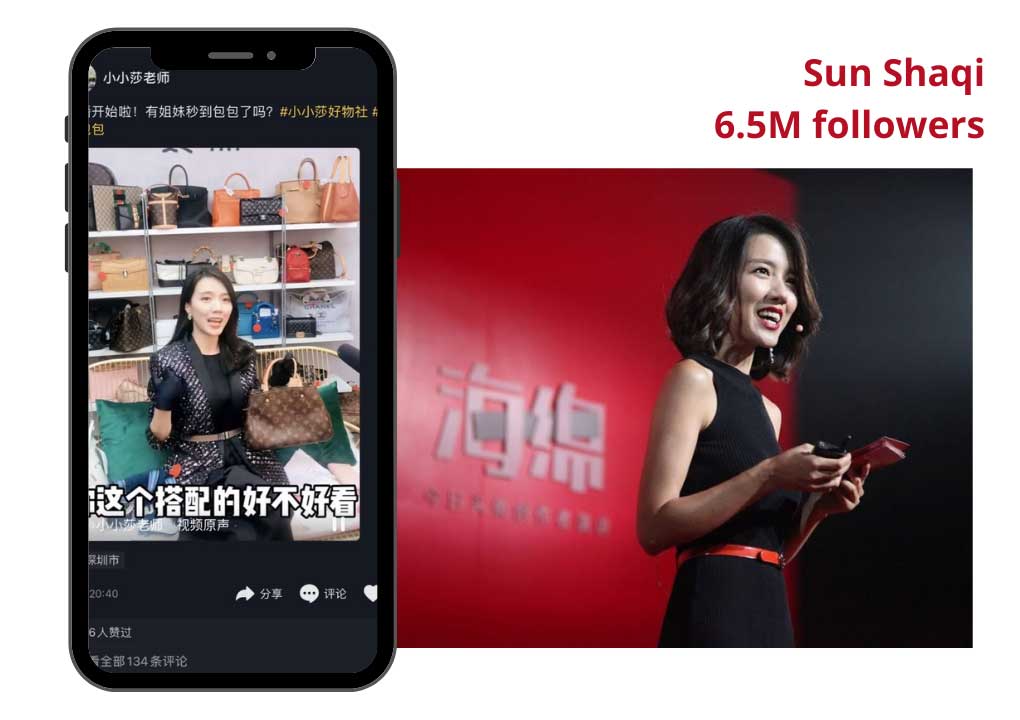
Sun Shaqi is a Chinese KOL especially famous on TikTok/Douyin. On this social media, she gathers about 6.5 million followers. She is the pope of secondhand for luxury shoppers who want to make good deals. For example, she said that you can buy a luxury bag thanks to secondhand from 3 to 4 times cheaper. Following the importance of the Mianzi in China, she stated “Who will know it is a secondhand bag when you carry it?”
How to target your audience in China with your secondhand clothing line?

Founded by Olivier Vérot and Philip Qian, GMA is the #1 agency in China. With a multicultural team composed of 70+ digital experts, we provide advice and insights to our partners. We can discuss your project in China!

